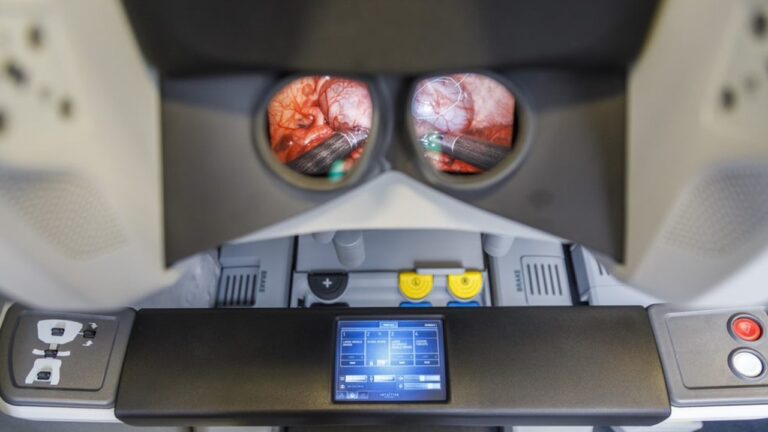 Inferencing for generative AI and AI agents will drive the need for AI compute infrastructure to be distributed from edge to central clouds. IDC predicts that…
Inferencing for generative AI and AI agents will drive the need for AI compute infrastructure to be distributed from edge to central clouds. IDC predicts that…
Inferencing for generative AI and AI agents will drive the need for AI compute infrastructure to be distributed from edge to central clouds. IDC predicts that “Business AI (consumer excluded) will contribute $19.9 trillion to the global economy and account for 3.5% of GDP by 2030.” 5G networks must also evolve to serve this new incoming AI traffic. At the same time, there is an opportunity…

 Reality capture creates highly accurate, detailed, and immersive digital representations of environments. Innovations in site scanning and accelerated data…
Reality capture creates highly accurate, detailed, and immersive digital representations of environments. Innovations in site scanning and accelerated data… NV-CLIP, a cutting-edge multimodal embeddings model for image and text, is now generally available.
NV-CLIP, a cutting-edge multimodal embeddings model for image and text, is now generally available. Microsoft Bing Visual Search enables people around the world to find content using photographs as queries. The heart of this capability is Microsoft’s TuringMM…
Microsoft Bing Visual Search enables people around the world to find content using photographs as queries. The heart of this capability is Microsoft’s TuringMM… Producing commercials is resource-intensive, requiring physical locations and various props and setups to display products in different settings and…
Producing commercials is resource-intensive, requiring physical locations and various props and setups to display products in different settings and… Polars, one of the fastest-growing data analytics tools, has just crossed 9M monthly downloads. As a modern DataFrame library, it is designed for efficiently…
Polars, one of the fastest-growing data analytics tools, has just crossed 9M monthly downloads. As a modern DataFrame library, it is designed for efficiently… Developers in the fields of image-guided surgery and surgical vision face unique challenges in creating systems and applications that can significantly improve…
Developers in the fields of image-guided surgery and surgical vision face unique challenges in creating systems and applications that can significantly improve…